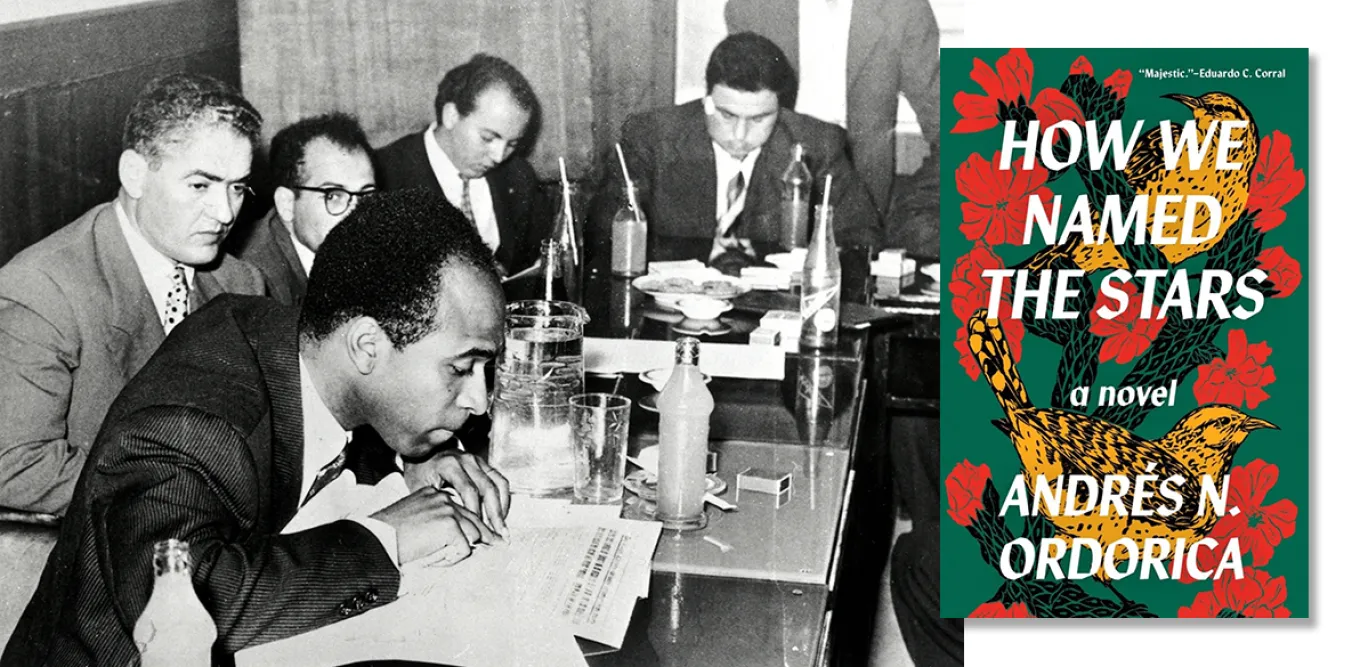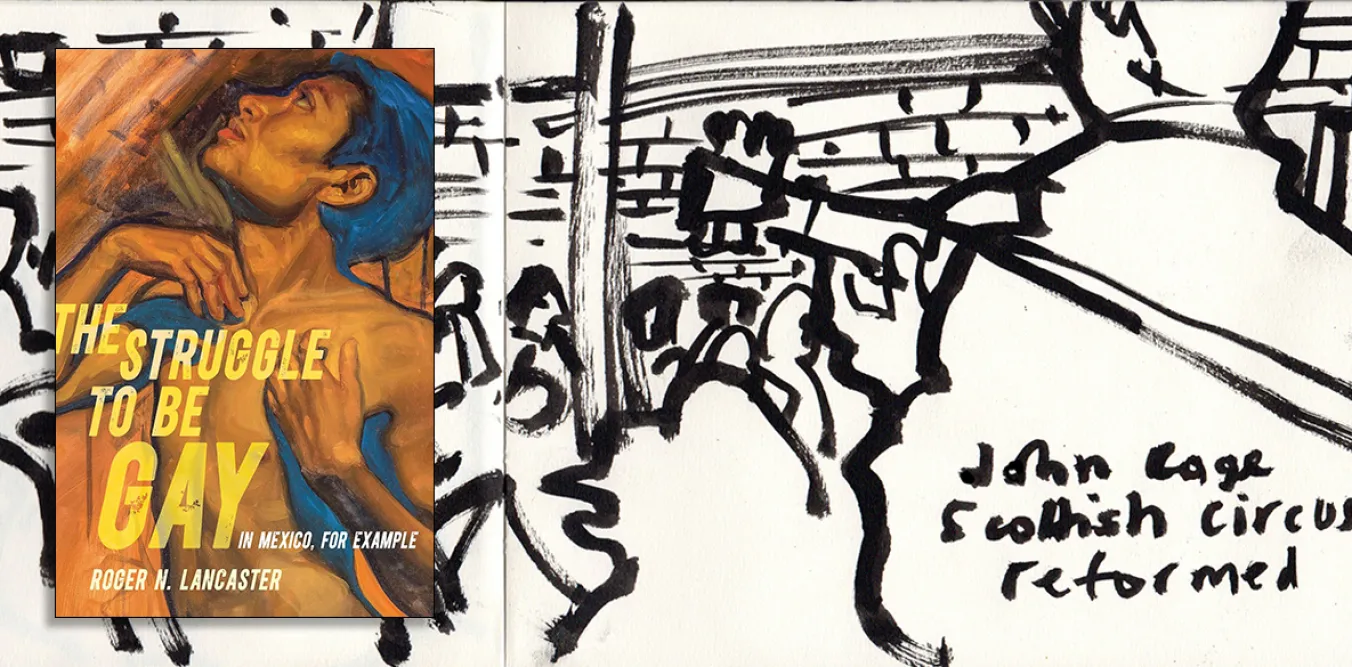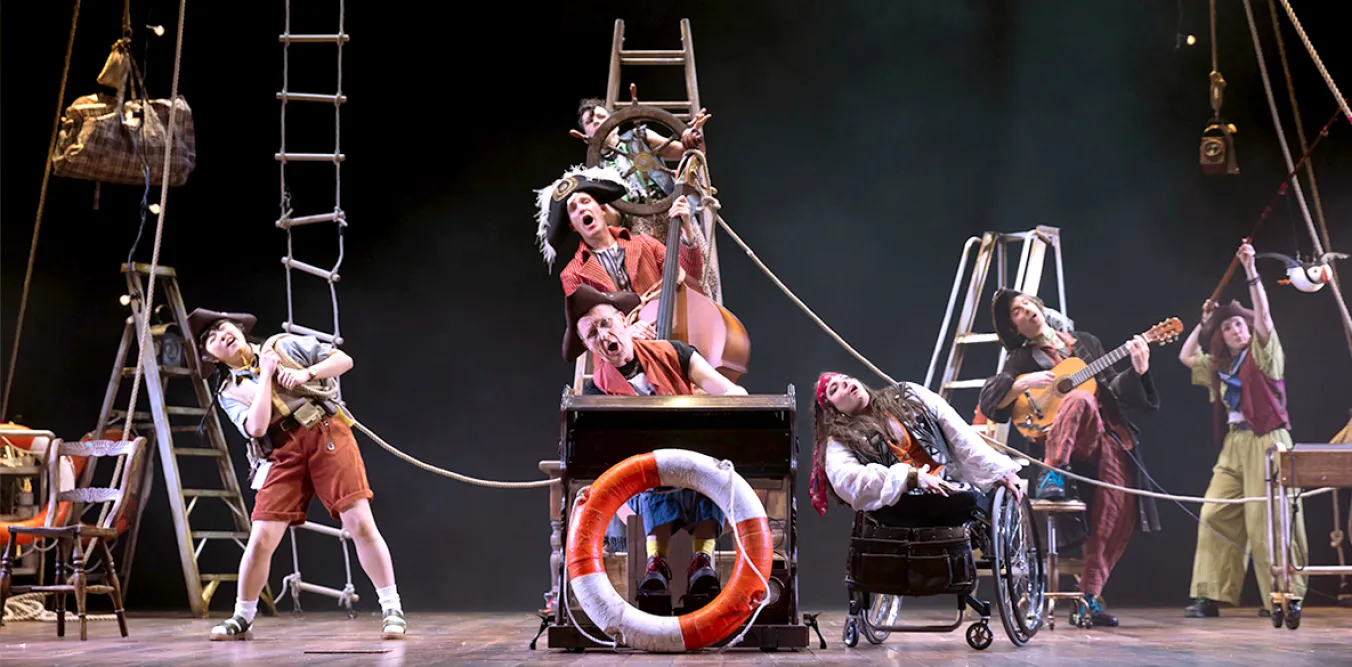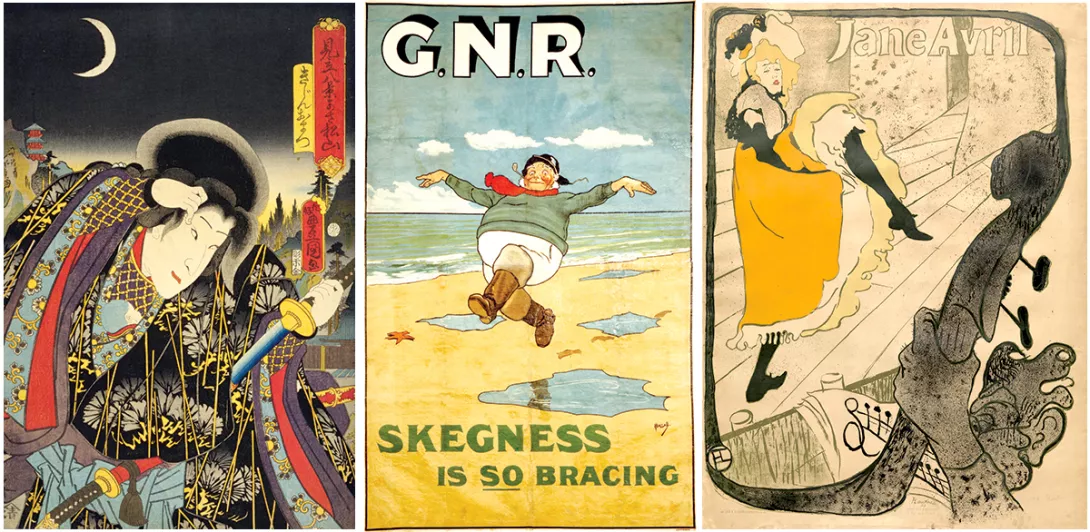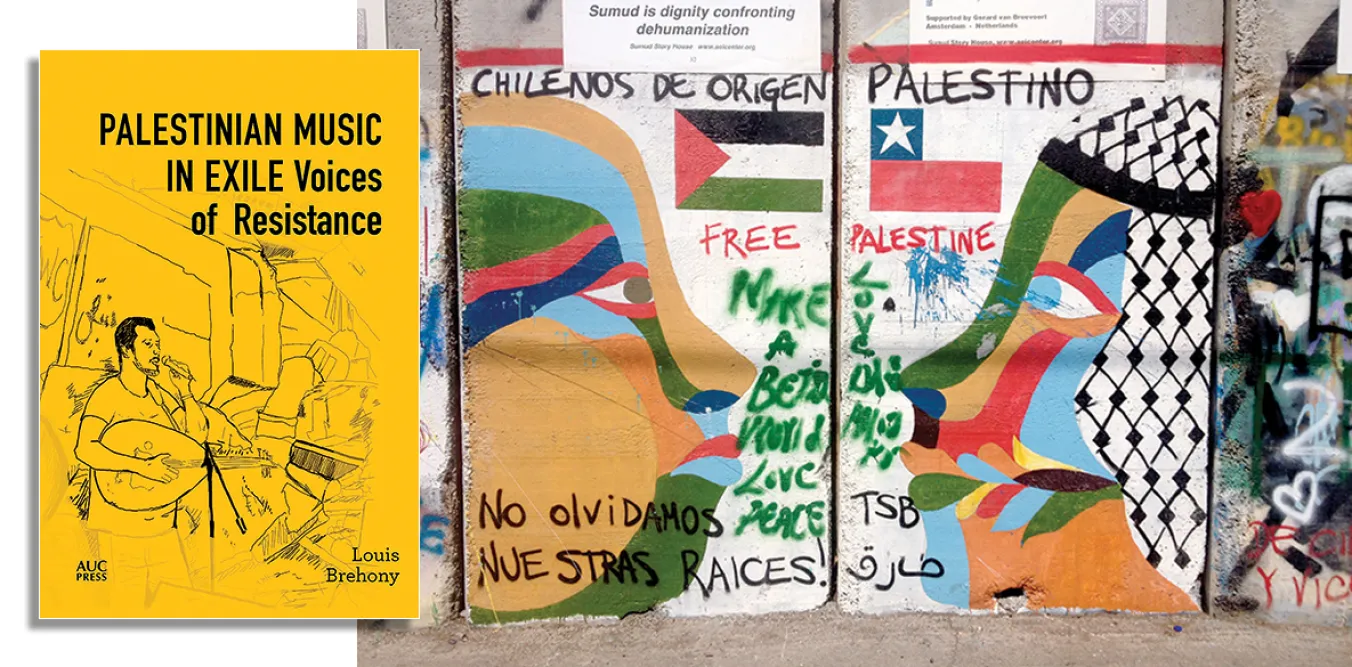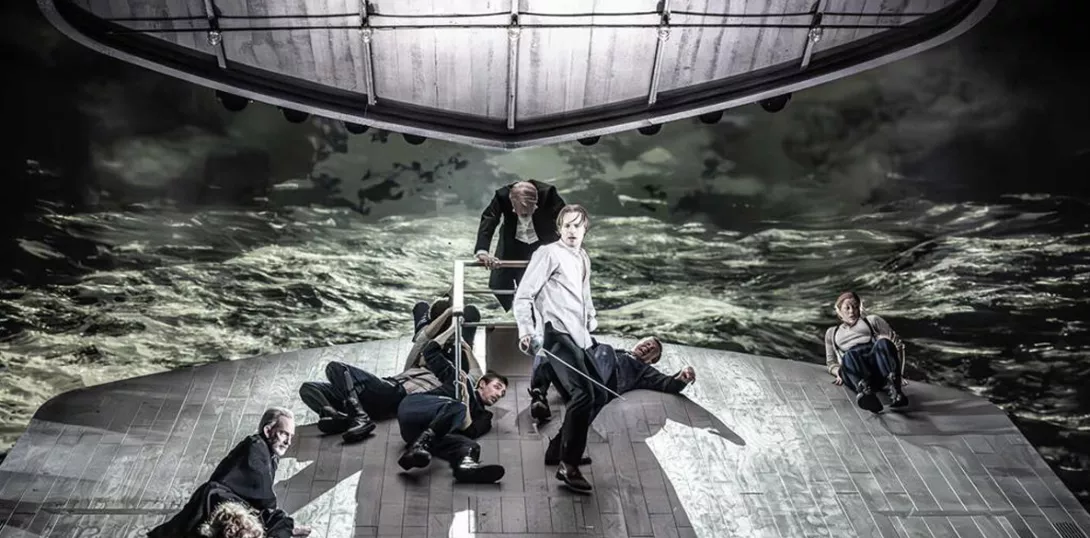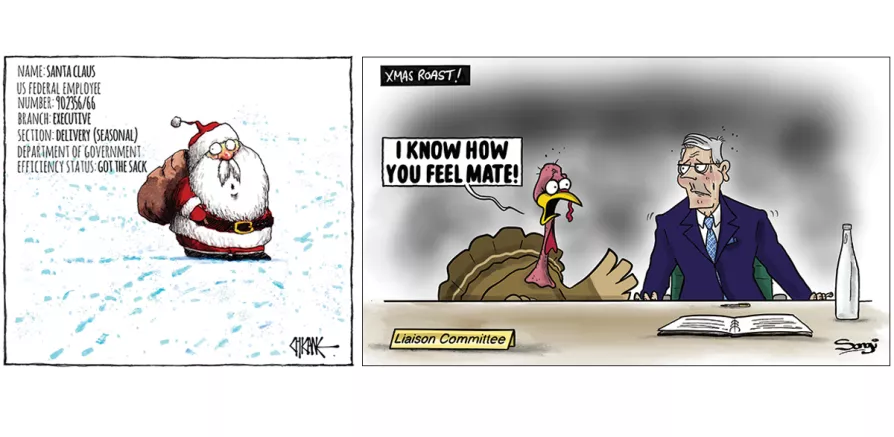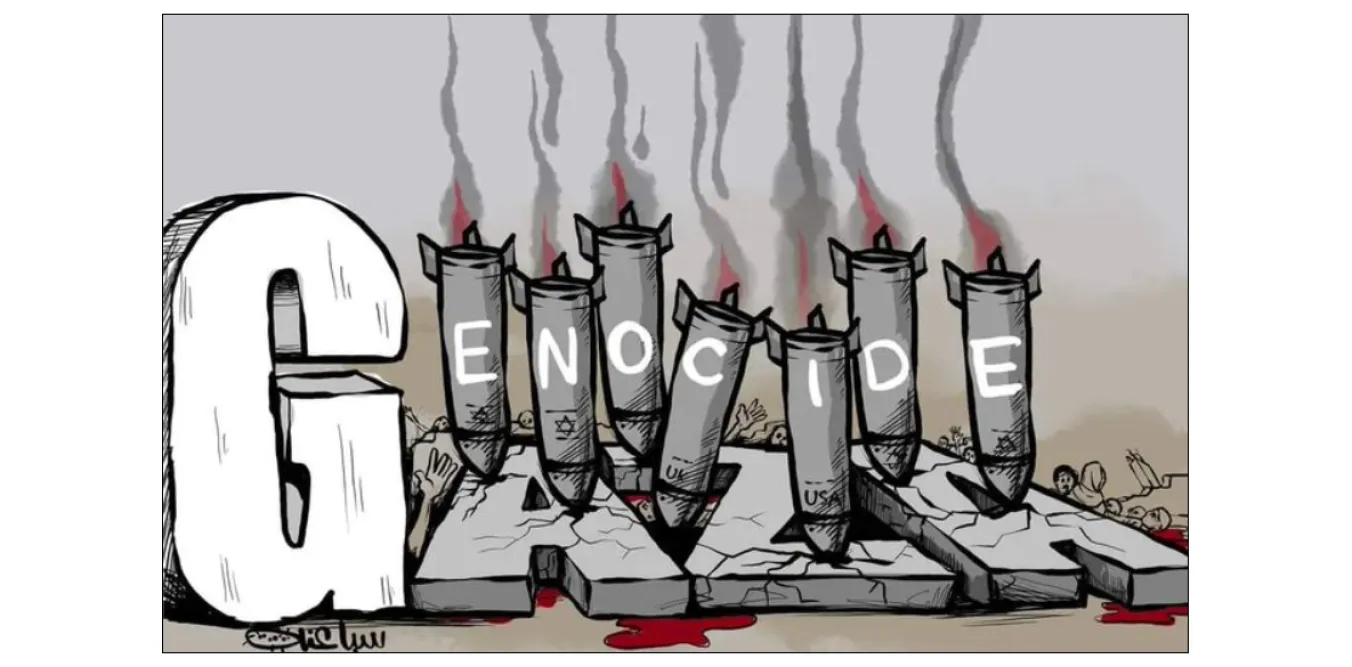
COMICS and graphic narratives have long been used to document the events of the Israeli-Palestinian conflict, both by people visiting and reporting on the region, as well as by Palestinians and Israelis.
Prominent texts include comic-book artist and journalist Joe Sacco’s Palestine (Jonathan Cape, 2003), a detailed and visually chaotic account of the artist’s visit to Gaza, and Sarah Glidden’s How to Understand Israel in 60 Days or Less (Drawn & Quarterly, 2016), a travelogue detailing the cartoonist’s experience as a Jewish-American tourist in Israel.
There is also Guy Delisle’s Jerusalem (Jonathan Cape, 2012), a story about living in Israel as a French-Canadian ex-pat, Palestinian artist Leila Abdelrazaq’s Baddawi (Just World Books, 2015), a historical and familial retelling of life in a Lebanese refugee camp, and Palestinian political cartoonist Naji al-Ali’s A Child in Palestine (Verso, 2009), a collection of political cartoons featuring a now-iconic child named Handala. Israeli comic-book artist Rutu Modan’s Exit Wounds (Jonathan Cape, 2007) recounts a love story set against the backdrop of a suicide bombing.
